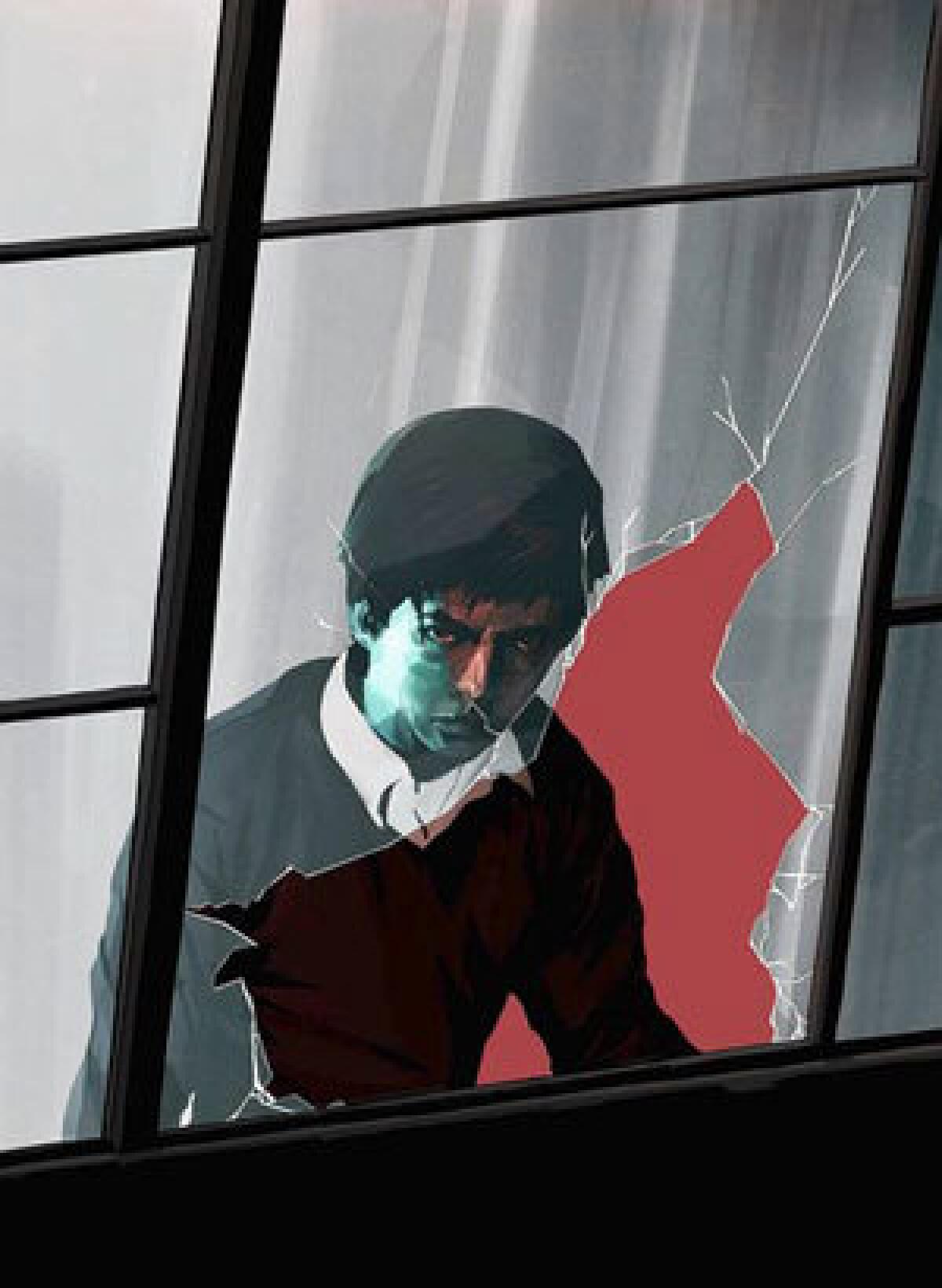Book review: ‘Violence 101’ by Denis Wright

- Share via
Violence 101
A Novel
Denis Wright
Putnam: 214 pp., $16.99
Burglary and theft are the most common crimes committed by juvenile delinquents, whose actions are often attributed to a jumble of emotional, economic and familial inadequacies. There isn’t a one-size-fits-all solution to juvenile crime, merely the distressing takeaway that, if untreated, underage delinquents will most likely commit even more serious crimes in adulthood.
The new young adult novel “Violence 101” attempts to unravel that causal jumble for the fictional character Hamish Green, a highly intelligent 14-year-old from a middle-class family who’s been shuttled from boys’ home to boys’ home for destroying public property, assaulting a school counselor, arson, even homicide.
Hamish doesn’t believe his violence is unwarranted. In fact, he believes “all good things come from violence in one way or another,” as he writes in the journal he’s forced to keep at the Manukau New Horizons Boys’ Institute, the third and latest reform school he’s been forced to attend. Hamish cites barbed-wire fencing and bulldozers as examples of technologies that were bred for war but have since found peacetime use. He references James Bond, who kills an average of 27 people per film in the blockbuster franchise. He also idolizes Alexander the Great, the ancient conqueror, for his ruthlessness, intelligence and reckless bravery — qualities Hamish shares but that he believes hold no value in modern society.
Written by Denis Wright, an inner-city high-school English teacher in Wellington, New Zealand, “Violence 101” takes place on that country’s northernmost island. While the boys in the book are a mix of Caucasian and Maori, the emotional truth of their situation is universal. The opening pages, which set the stage for Hamish’s arrival at the Boys’ Institute, read like a first novel — they are slightly stilted, using dialogue between the school’s administrators — but that stage setting is brief, thankfully, and Wright quickly transitions into Hamish’s voice. That is where this book truly shines.
Much of “Violence 101” is presented as journal entries that begin as one would expect for a forced writing assignment. Hamish’s words are eloquent, but they are also angry and arrogant, penned from the perspective of a self-aware know-it-all who believes he’s impervious to therapy. What he has to say about his upbringing and the violent acts that brought him to the delinquents’ home doesn’t help Hamish so much as the book’s readers, who will begin to gain insight into his background, motives and thought processes.
Hamish’s juvenile record dates back to preschool, when he set fire to the neighbors’ garage because their dogs snarled at him through the fence. It continues in elementary school, where he broke into his school and destroyed all the science-fair projects because his own hadn’t been admitted. Then, at the age of 10, he pushed a man off of a wharf because the man was laughing at him. That man drowned.
“I get pushed into doing violent things by stuff that happens around me. People treat me like some sort of freak, probably because I’m much smarter than them,” Hamish writes. All these things, he adds, “feel exactly right at the time.” Hamish expresses no remorse for his actions, only depression at the knowledge that his violence will continue because of his perception of what’s “right,” and that his actions will be misunderstood and receive punishment.
The journal entries are interrupted every so often with analyses by the school’s headmaster and counselors. Two of those counselors seem to be getting through to Hamish because they’ve earned his respect, though one of those counselors also had his arm broken by Hamish in the process. Realizing he is about to be shipped to a mental institution, Hamish runs away. Where he goes, and why, not only puts his counselors to the test but also Hamish, who is forced to confront his ideologies in an unintended life-or-death scenario.
An intriguing fictional take on a complicated real-world problem, “Violence 101” is a solid psychological primer that should appeal to troubled boys — as well as those who interact with or love them.
More to Read
The biggest entertainment stories
Get our big stories about Hollywood, film, television, music, arts, culture and more right in your inbox as soon as they publish.
You may occasionally receive promotional content from the Los Angeles Times.










